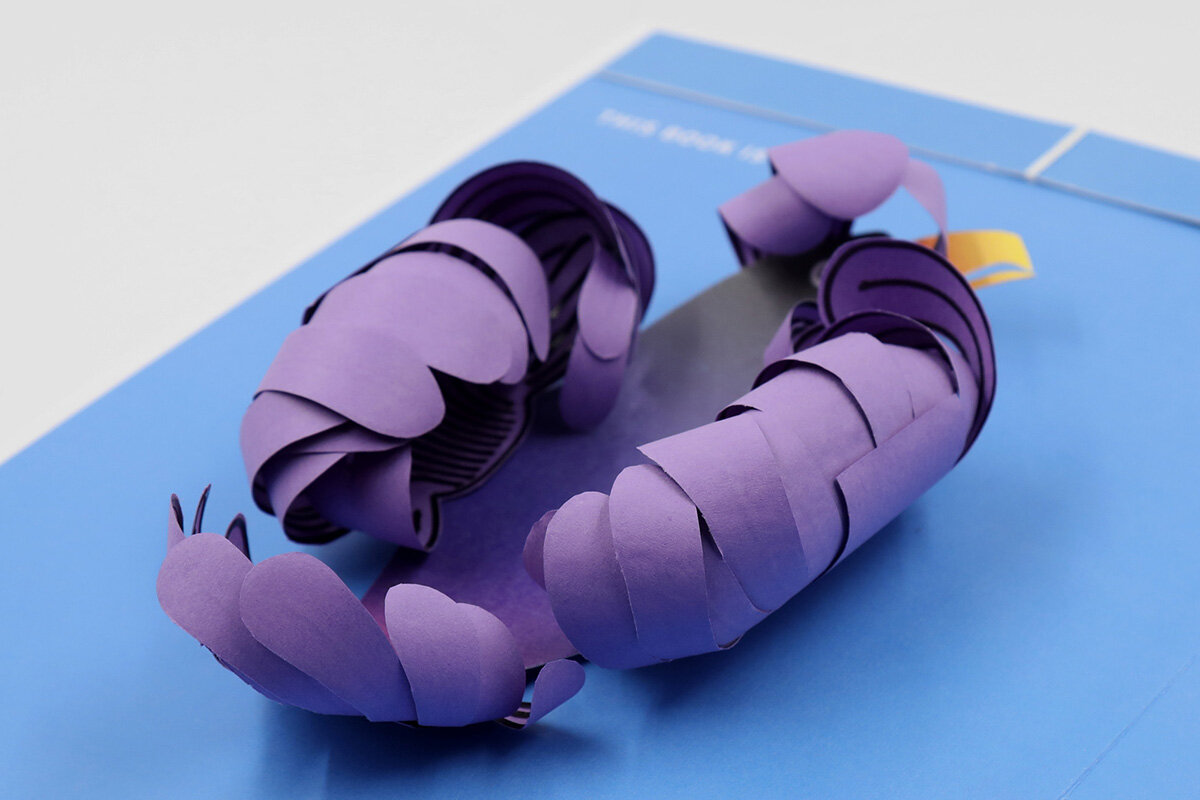
Printed Paper Actuator
2018
“We have been living with paper for more than two thousand years. It is a commodity that closely interfaces with human beings, even in this digital age. There have been several attempts at “tech paper innovation” over the past few years, for example, circuit ink printers and pens, but there has not yet been a huge innovation. However, the Printed Paper Actuator takes a new approach—not just printing circuit but actually kinetically working with paper. This innovation transforms the old media of paper and signals a new phase of media expression for industrial purposes (prototyping) and/or for pleasure (DIY for kids). These technological and material innovations take our idea of paper to the next level.” Ars Electronica
By Guanyun Wang*, Tingyu Cheng*, Youngwook Do, Humphrey Yang, Ye Tao, Jianzhe Gu, Byoungkwon An, Lining Yao (* Contributed Equally)
Publications: PDF | DOI
News: Wired | Discover Magazine | NPR News | Futurity | Science Daily | CMU Home page
Awards: 2018 Ars Electronica STARTS PRIZE
Exhibitions: Ars Electronica 2018 | Bozar | Hyundai Motorstudio
We present a printed paper actuator as a low cost, reversible and electrical actuation and sensing method. This is a novel but easily accessible enabling technology that expands upon the library of actuation-sensing materials in HCI. By integrating three physical phenomena, including the bilayer bending actuation, the shape memory effect of the thermoplastic and the current-driven joule heating via conductive printing filament, we developed the actuator by simply printing a single layer conductive Polylactide (PLA) on a piece of copy paper via a desktop fused deposition modeling (FDM) 3D printer.
We developed the fabrication process, the material mechanism, and the transformation primitives, followed by the electronic sensing and control methods. A software tool that assists the design, simulation and printing toolpath generation is introduced.
Outcomes from ‘This is a book’ workshop with designers.
























